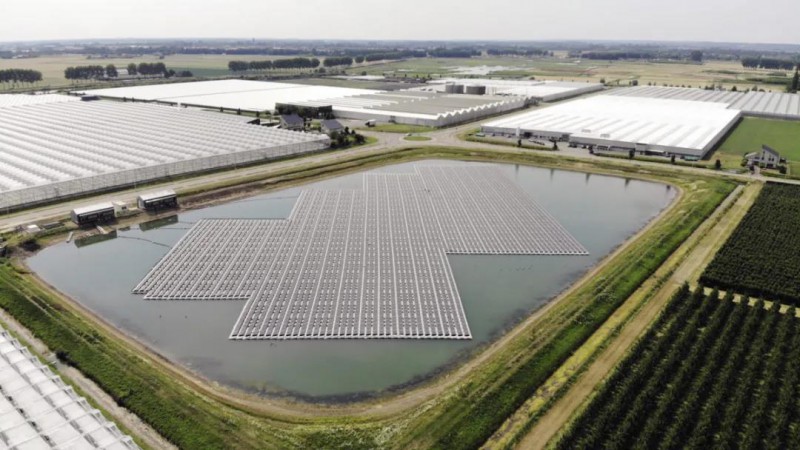Floating photovoltaic (FPV) is regarded as the third pillar of future photovoltaic market after ground power station and roof photovoltaic. Therefore, solar floating PV mountings are also very popular. At present, among more than 60 countries actively promoting the process of floating power stations, more than 35 countries have 350 floating photovoltaic power stations. By the end of August 2020, the global total installed capacity is about 2.6 GW. Although this number is not comparable to the first two photovoltaic plants, it is estimated that the average growth rate of floating solar energy will exceed 20% in the next five years. As a result, Asia is expected to account for two-thirds of global demand, especially the rapid development of major markets such as China, India, South Korea, Taiwan, Thailand and Vietnam.
China: as we all know, China is by far the largest FPV market. At present, if you want to develop floating solar power plants in China, either through project bidding or as a so-called affordable project, it will be built and operated without any form of subsidy. The biggest project in China this year is the bidding for 820MW floating solar energy support (project) issued by China Datang Electric Power Company in June, which requires the project to be completed before December 2021.
Taiwan, China: since 2017, Taiwan, China has specifically designated online subsidies (FITs) for floating solar systems. In other words, the floating system connected to the grid in the second half of 2020 can get a 20-year tariff subsidy of NT $4.2709-4.7067/kwh (12-14 euro / kWh) (equivalent to 0.14-0.16 US dollars / kWh). Taiwan's largest local developer is Chenya Energy, which is wholly owned by Marubeni of Japan, which plans to build the island's largest floating power station of 180 MW by the end of this year.
India: it has long been considered one of the most competitive markets in the world, with bids for floating solar projects in India falling 45% from 2016 to 2018. Taking a 70MW floating power generation project at the beginning of this year as an example, the lowest price offered by developers is 35 rupees per watt (about 4.65 cents/W). The reasons for such low quotation include: improvement of manufacturing process, reduction of material cost, reduction of floating body thickness, fierce competition among bidding enterprises, etc. It should be noted that from 2018 to the end of 2019, the Indian government has issued a series of bidding for floating solar energy, with a total amount of nearly 2GW, of which 1.7GW is currently in different stages of development.
According to a study by India's Non-profit Energy And Resources Institute, India's reservoirs can hold 280GW of floating solar power.

